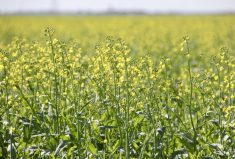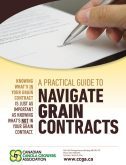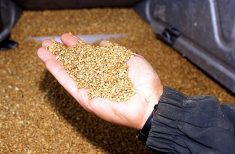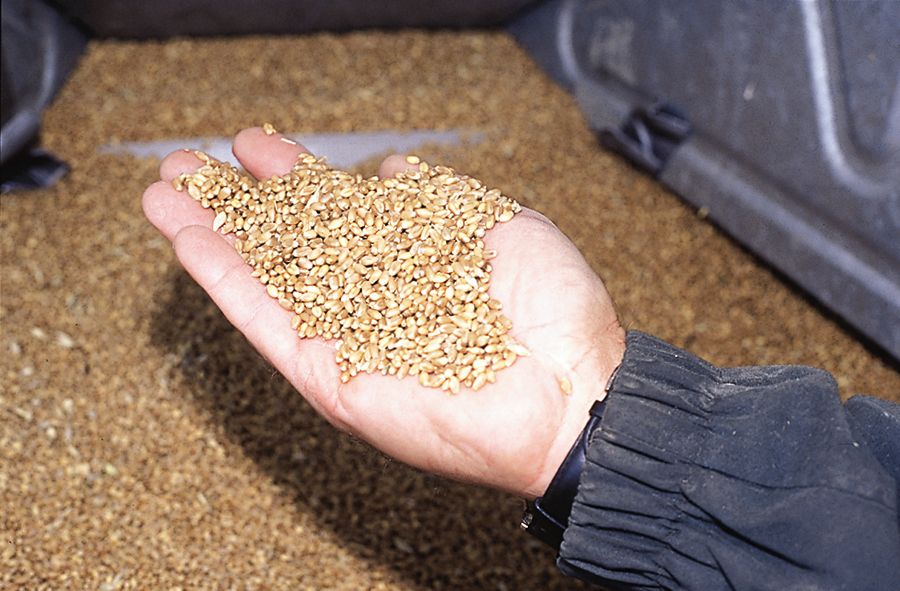Seize the day — or sleep soundly at night?
That’s a dilemma faced by many producers as they ponder the always tricky question of signing a delivery contract for crops that are a long way from being harvested.
“Don’t bite off more than you can chew and be patient,” said Jay Schultz, who operates a medium-size grain farm. “I mean, don’t be aggressive in making contracts before the crop is in the bin.”
Read Also
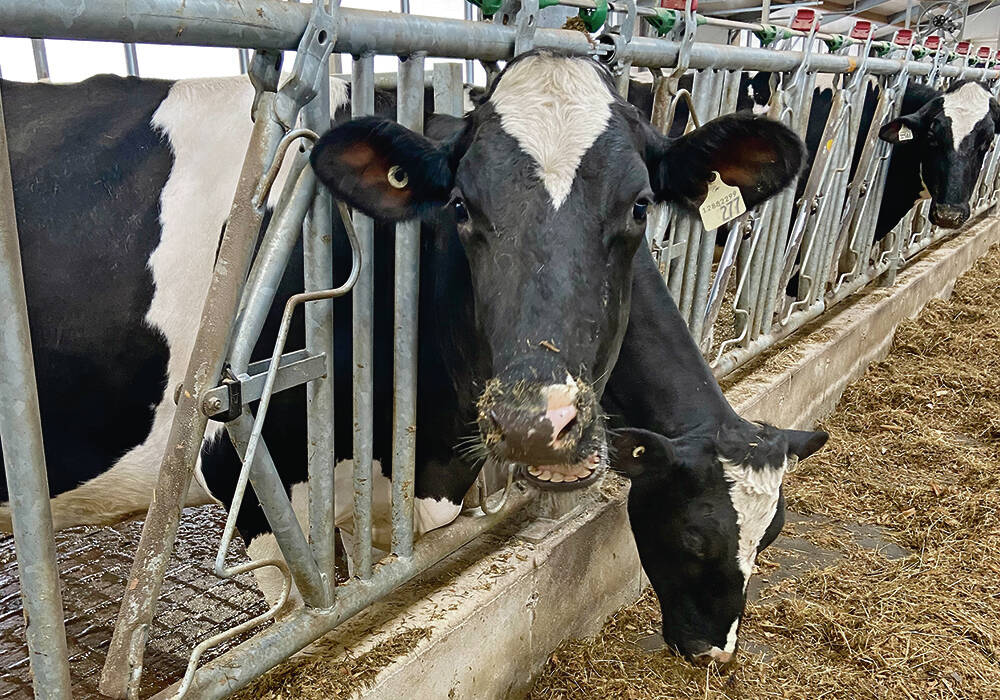
Alberta Milk opens annual hospital fundraiser
Alberta Milk embarks on holiday season campaign to raise money for Alberta Children’s Hospital Foundation
The Strathmore-area farmer said he will be locking in about 10 to 20 per cent of his expected crop for fall delivery.
“Be very conservative with the per cent of production you’re willing to risk locking contracts for,” he said. “I don’t think grain prices will crash any time soon.”
But no one is predicting the record prices seen in the last year will last forever, and with a rebound in production in major growing areas, the downward drift may have already begun.
“Wheat markets pulled back to start the month of June thanks to catch-up planting, prospects of Ukrainian supply finally making its way to market and a potentially third consecutive bumper wheat crop in Australia,” analyst Brennan Turner said in a recent Alberta Wheat and Barley Commission market update.
“Adding to the bearish headlines are some better-than-expected yields from the U.S. Southern Plains winter wheat harvest… (although) there continues to be lots of volatility in the market as traders try to interpret seeding pace, weather and geopolitical factors.”
But hanging over the usual ‘whither the market’ conversations are memories from last fall when many producers couldn’t fulfil their contracts, and had to pay penalties or buy grain at a far higher price than what their contract offered.
Contracts are an important part of farming, not only in locking in prices but also helping with cash flow, said Geoff Backman, business development and markets manager with Alberta Wheat and Barley.
But he agrees with Schultz — bad memories from last year and the potential of having less grain in the bin are front of mind for farmers.
“Farmers are paying much more attention to their marketing this year — paying more attention to how much grain they have contracted,” said Backman. “But also, this is the most expensive crop most farmers have ever planted, the price of inputs rising with the price of grain.”
Global factors such as the war in Ukraine have raised concerns about supply shortages, and will offer strong support to prices for some time, he said. But weather is also a huge factor, and while the market is forecasting much higher production, it’s not a done deal.
“Everybody has a guess this time of year,” said Backman. “But if last year showed us anything, an unexpected weather event can throw those guesses out the window.”
“Until this last big rain it looked like it would be another disaster in the province,” added Schultz.
That sort of volatility is why Jason Saunders prefers to use the futures market to capture high prices without having to commit to delivering the physical product.
“If you want to be aggressive, the paper market is safer, quite frankly,” said the Taber-area farmer, who is also Alberta Wheat’s vice-chair. “And it’s not that hard to set up a trading account.”
Last year delivered a tough lesson for many farmers, said Saunders.
“Maybe people got too aggressive too early,” he said. “You have to know that when you sell something you’re on the hook for it — as you should be.”
And no one knows what will happen between now and harvest, he added.
“Yes, prices are high right now. Whether they’re going to stay high or whether they’re going to drop is a really good question.”



